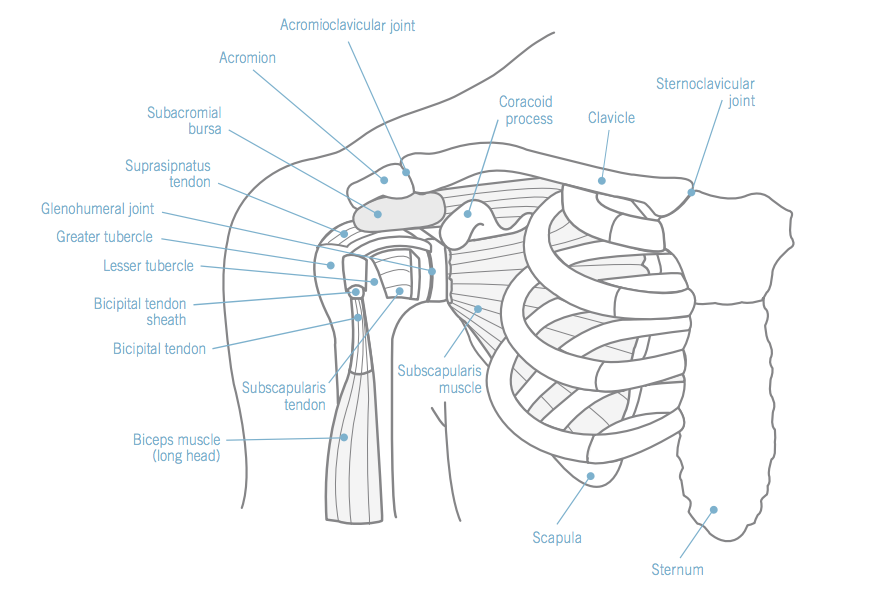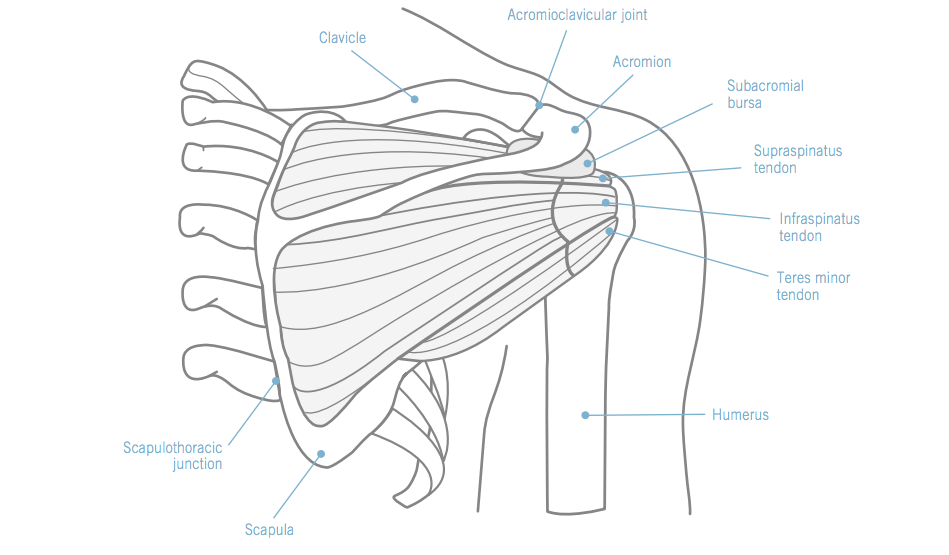THE IMPORTANCE OF SHOULDER REHAB FOR OVERHEAD SPORTS & PHYSICAL LABOR INJURIES
At first glance, baseball, football, tennis, and swimming may seem very different, but they all have one important thing in common: overhead hand motion. The overhead motion plays a crucial role in all of these sports from swinging to throwing to swimming. Unfortunately, the intensity and repetition of these motions often lead to a number of different injuries, including rotator cuff tendinitis and bursitis, rotator cuff tears, biceps tendonitis, and instability. Dr. Eric S. Millstein is a Beverly Hills sports injury expert and shoulder specialist who believes it’s important to educate as well as rehabilitate. Rehabilitation is as important with a sports injury as it is after shoulder surgery and plays a crucial part in regaining full mobility and strength. If you think you may have suffered a shoulder injury as a result of overhead sports activity, don’t hesitate to contact Dr. Millstein for a consultation.
Anatomy of the Shoulder
The shoulder is a ball and socket joint made up of the scapula, the humerus, and the clavicle. The structure of the shoulder joint allows for tremendous flexibility, including 360 degrees of motion. This makes the shoulder the most limber joint in the body, but also the most prone to instability and dislocation. Shoulder ligaments hold the ball of the arm bone in the socket of the scapula, and the rotator cuff keeps the ball centered in the socket throughout the overhead use of the arm. While this 360-degree motion is very useful, it also puts the shoulder at a greater risk of injury, especially with repetitive overhead activity in athletics or manual labor.
The two diagrams below illustrate all the bones and the key joints located within the shoulder.


Shoulder Rehab
The shoulder plays a crucial role in everyday activity and, when injured, can greatly impair an individual’s quality of life, especially when competing in sports. Surgery should be considered as a secondary but effective option for correcting an injury, alleviating pain, and getting back on the field. Once surgery is completed, however, the job is far from done, and a patient must begin rehabilitation in order to regain full mobility.Rehab plays one of the most important roles in both avoiding surgery and recovering from surgery when necessary. Without proper retraining, the injury may be repaired, but the shoulder will not function at an optimal level. While that may be acceptable for some patients, those who lead active lifestyles and/or play competitive sports must fully complete their rehab regimes to return to peak performance levels.
Rehab plays one of the most important roles in both avoiding surgery and recovering from surgery when necessary. Without proper retraining, the injury may be repaired, but the shoulder will not function at an optimal level. While that may be acceptable for some patients, those who lead active lifestyles and/or play competitive sports must fully complete their rehab regimes to return to peak performance levels.Within a few weeks of undergoing surgery, most patients start attending physical therapy (PT) sessions in order to regain normal flexibility and movement. This is done through a curriculum of stretches and exercises. Some of these exercises are to be completed at home in order to expedite the recovery process. It is imperative to both attend PT sessions and regularly complete at-home exercises in order to regain full mobility. If a patient does not do both to the best of his or her ability, it is highly unlikely that he or she will be able to use the shoulder and resume competing at an optimal level.
Within a few weeks of undergoing surgery, most patients start attending physical therapy (PT) sessions in order to regain normal flexibility and movement. This is done through a curriculum of stretches and exercises. Some of these exercises are to be completed at home in order to expedite the recovery process. It is imperative to both attend PT sessions and regularly complete at-home exercises in order to regain full mobility. If a patient does not do both to the best of his or her ability, it is highly unlikely that he or she will be able to use the shoulder and resume competing at an optimal level.
Contact Los Angeles Surgeon Dr. Millstein
Dr. Millstein is a Beverly Hills sports injury expert who specializes in diagnosing and treating shoulder injuries. He completed an Orthopedic Fellowship in Sports Medicine and Arthroscopy at the Southern California Orthopedic Institute and is the recipient of numerous awards, including Castle Connolly’s Top Doctor award and the prestigious Patients’ Choice Award. If you or someone you love has suffered an overhead shoulder injury, don’t hesitate to call Dr. Millstein at (310) 595-1030. Seeking immediate medical treatment is the best way to return to the activities you love and ensure your body’s long-term health and function.

